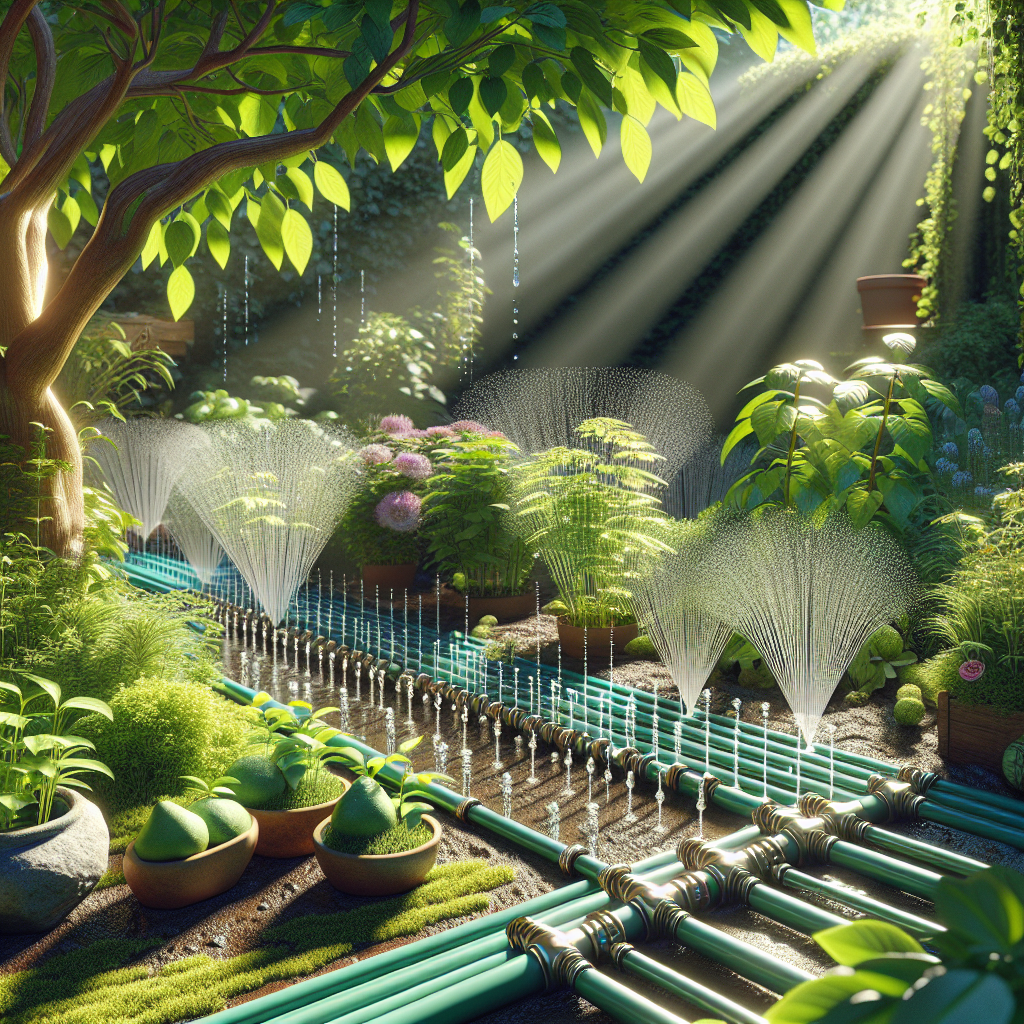Watering your plants efficiently is essential for maintaining a healthy garden. Slow drip irrigation systems are an excellent way to ensure that your plants receive the water they need while conserving water and reducing water waste. In this article, we will discuss some tips for efficient watering with slow drip systems.
1. Choose the Right System
When selecting a slow drip irrigation system, it’s essential to consider the size and layout of your garden. There are many different types of slow drip systems available, including soaker hoses, drip tape, and drip emitters. Each type of system has its advantages and disadvantages, so it’s important to choose one that best suits your needs.
2. Install Properly
Proper installation is key to ensuring that your slow drip system functions efficiently. Make sure to place the hoses or emitters close to the base of your plants to deliver water directly to the roots. Be sure to check for leaks or clogs before turning on the system.
3. Water Deeply and Infrequently
One of the key benefits of slow drip irrigation is that it allows you to water deeply and infrequently. This encourages plants to develop deep root systems, making them more resilient during periods of drought. Watering deeply also helps prevent surface evaporation and weed growth.
4. Use a Timer
To ensure consistent watering, consider using a timer on your slow drip system. This way, you can set specific times for watering without having to remember to turn the system on or off manually.
5. Adjust for Weather Conditions
It’s important to adjust your watering schedule based on weather conditions. During hot and dry periods, you may need to water more frequently than during cooler weather. Consider investing in a soil moisture sensor to help you determine when your plants need water.
6. Mulch Your Garden
Applying mulch around your plants can help retain moisture in the soil and reduce evaporation. This can be especially beneficial when using a slow drip system since it helps keep the water where it’s needed most – at the plant roots.
7. Check Your Soil Moisture Regularly
Regularly check the moisture levels in your soil to ensure that your plants are receiving adequate water. You can do this by inserting a finger into the soil or using a soil moisture meter.
8. Maintain Your System
Regular maintenance is crucial for keeping your slow drip irrigation system functioning efficiently. Check for leaks, clogs, or damaged hoses regularly and make any necessary repairs promptly.
9. Consider Plant Needs
Different plants have different watering requirements, so it’s essential to consider each plant’s individual needs when using a slow drip system. Water-sensitive plants may need more frequent watering than drought-tolerant varieties.
10. Monitor Water Usage
Keeping track of how much water you use with your slow drip system can help you identify areas where you can improve efficiency further. Consider installing a flow meter on your system or simply monitoring how long you run it each time.
In conclusion, efficient watering with slow drip systems is essential for maintaining healthy gardens while conserving water resources.
By following these tips and implementing best practices, you can ensure that your plants receive adequate hydration while minimizing water waste.
Remember to choose the right system for your garden, install it properly, adjust for weather conditions,
use timers as needed,
mulch gardens,
monitor plant needs,
and maintain the system regularly.
With these strategies in place,
you’ll be well on your way towards achieving efficient watering with slow-drip systems in no time!













